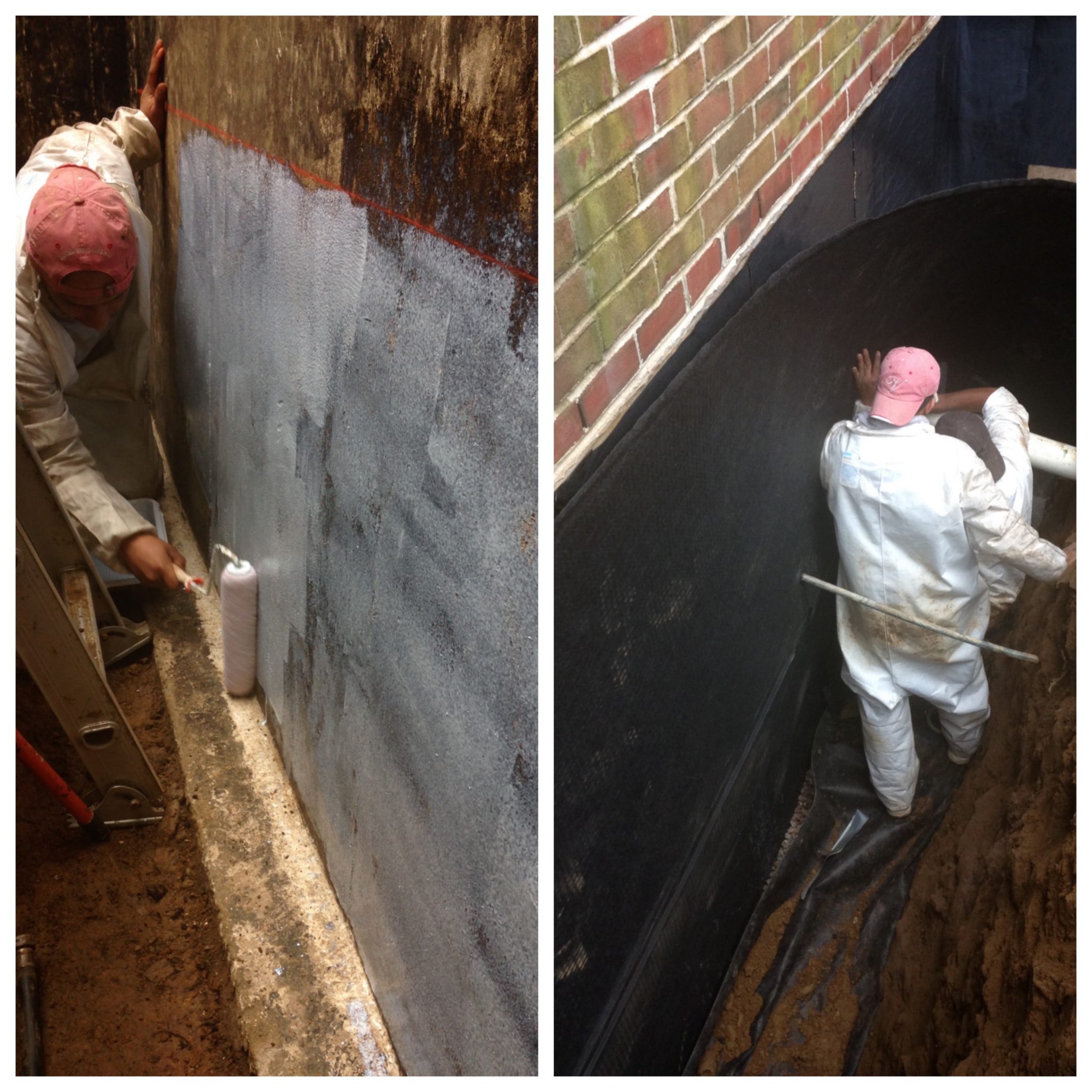How to Select the Suitable Water-resistant Solutions
Waterproofing is a key aspect of preserving the stability and lifespan of any building or structure. Whether you are a householder seeking to protect your home from the damaging effects of water or a builder looking to create long-lasting structures, knowing how to select the right waterproofing products is important. Water damage can lead to high repairs, mildew , and significant problems, turning effective waterproofing a priority for all property owners.
In this ultimate handbook, we will examine the different elements of waterproofing, from recognizing the clues that your home needs waterproofing to understanding the distinctions between indoor and exterior approaches. We will also dive into the common misconceptions surrounding waterproofing, helping you to choose wisely. With the proper understanding and materials, you can safeguard your house from water-related problems and prevent a lot of money in upcoming repairs.
Recognizing the Value of Moisture Protection
Waterproofing is crucial for any building as it defends structures from water damage, which can lead to costly repairs and substantial loss of property value. Moisture seepage does not only pose a risk to physical integrity but also to the health of occupants, as dampness can cause fungal growth and fungi growth. By utilizing effective waterproofing measures, property owners can establish a robust defense against the detrimental effects of water.
Ignoring waterproofing can be a financially burdensome mistake. The concealed damage from leaks can lead to huge repair bills that far exceed the upfront expenditure in waterproofing materials and services. For instance, untreated moisture issues in crawl spaces can jeopardize the foundation, resulting in serious structural problems. Thus, comprehending the essential nature of waterproofing can save you considerable amounts of dollars in the time ahead.
Moreover, waterproofing enhances to energy savings in buildings. When walls, roofs, and basements are adequately waterproofed, they help maintain consistent indoor temperatures, reducing the requirement for unnecessary heating or cooling. This not only lowers energy bills but also enhances comfort levels. Furthermore, a thoroughly safeguarded property is more durable in adverse weather conditions, ensuring long-term protection for your investment.
Essential Factors When It Comes To Choosing Water-Resistant Products

As you selecting waterproofing solutions, the initial key consideration is the particular area you need to protect. Different surfaces, such as basements, ceilings, and washrooms, have unique requirements. As an example, basement waterproofing often needs solutions that can tolerate hydrostatic pressure, while roof waterproofing requires products that resist UV damage and temperature fluctuations. Identifying the exposure levels and humidity conditions of the area will help in selecting the the best product.
A further important factor is the sort of materials used in the waterproofing product. Look for high-quality materials that offer strength and longevity. Such as, membranes and coatings should be flexible enough to accommodate building movement while maintaining a solid barrier against water infiltration. Additionally, consider if you favor a solvent-based, water-based, or cementitious product, depending on the desired application and ecological impact.
In conclusion, the ease of application is crucial. Some waterproofing products are designed for DIY use, while others may require professional installation. Think about your skill level and if you have the tools needed for the job. It’s also prudent to assess the manufacturer’s instructions and recommendations regarding application conditions, such as temperature and humidity, to ensure optimal performance.
Popular Waterproofing Solutions and Approaches
When it comes to protecting your home from liquid damage, there are several effective waterproofing solutions to consider. One widely-used method is the use of impermeable membranes, which form a barrier that prevents liquid from penetrating surfaces such as lower levels, walls, and tops. These membranes can be fabricated from multiple materials, including rubber, asphalt, or polyvinyl chloride, and are appropriate for both interior and outside applications. https://dutiful-ferret-nrlg5w.mystrikingly.com/blog/the-ultimate-guide-to-waterproofing-your-house is vital to ensure that these membranes perform effectively, thus protecting your property from leaks and water intrusion.
An additional effective technique is the use of sealants and protective layers. These products are put on directly to areas and act as a shield against water. For instance, waterproofing coatings can be used to walls and roofs to prevent fungus and mildew growth proliferation, particularly in washrooms and cooking areas. Moreover, elastomeric coatings are superb for flat roofs, providing adaptability and durability to withstand severe weather conditions while preventing water out. Selecting the right sealant for each individual area of your property is vital to ensure long-lasting use and maximized protection.
For external structures, consider setting up drainage solutions and gutters to divert water away from your property. French drains, submersible pumps, and channel drains can effectively reduce the risk of flooding around foundations and cellars. Alongside with correct grading of the landscape, these drainage methods reduce the risk of infiltration. Utilizing a holistic approach with these methods ensures long-lasting protection against liquid damage, ultimately safeguarding you from high-priced repairs in the long run.